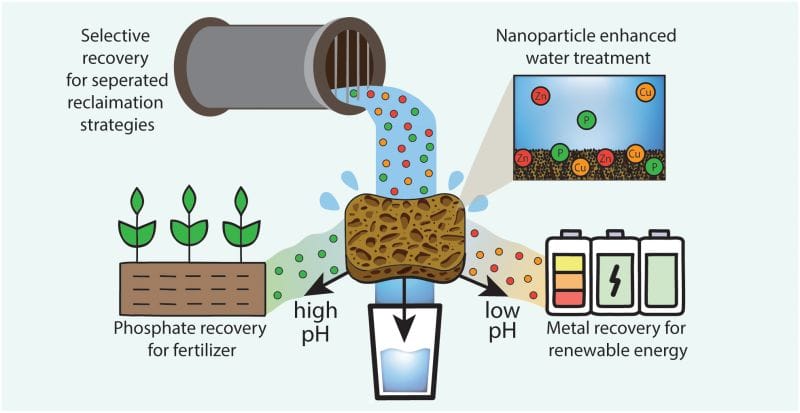RSS Feed Source: Academic Keys
Two positions are available at the AIS Construction lab at McGill University, directed by Prof. Yi Shao.
Position 1: Structural Optimization of Concrete Structures. This position will be co-supervised by Prof. Glaucio Paulino at Princeton University. This position requires a strong background in mathematics and programming.
Position 2: Fire resistance and life-cycle assessment of UHPC bridges. This position requires a strong background in concrete structure and lab skills.
PhD students are expected to start from 2026 Winter/Fall admission. Postdocs are expected to start on a mutually agreed date in the near future.
Our group fosters a diverse, inclusive, and dynamic environment. Female students or students from a minority group are strongly encouraged to apply.
Interested candidates, please send your CV and transcript to [email protected]
Click this link to continue reading the article on the source website.


